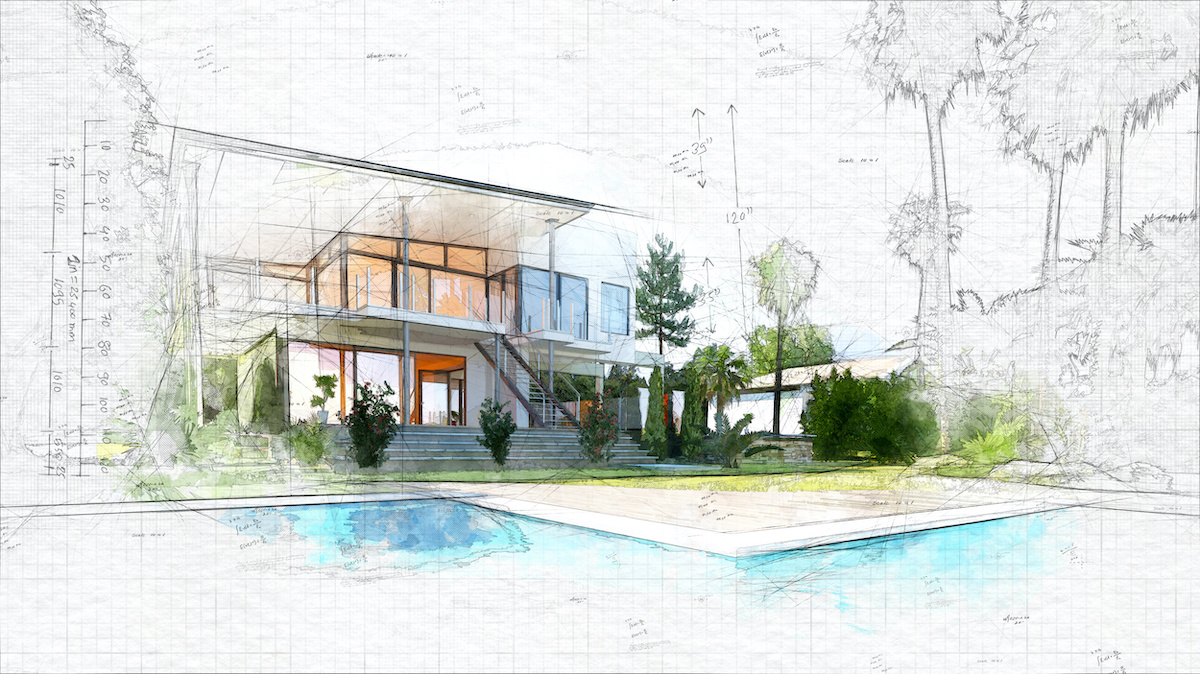The Important Duty of an Architect fit Sustainable Urban Atmospheres for Future Generations
The role of an architect in crafting sustainable urban settings is increasingly critical in responding to the challenges of environment adjustment and urbanization. By flawlessly incorporating eco-friendly principles into their layouts, engineers not just boost the aesthetic and functional quality of metropolitan rooms yet also address pressing issues such as energy performance and social equity.
Recognizing Sustainable Urban Design
Lasting city layout incorporates eco-friendly principles with city preparation to produce environments that are not just habitable but additionally resistant. This method emphasizes the value of integrating natural systems right into the metropolitan material, making sure that advancement meets the needs of the here and now without jeopardizing the ability of future generations to satisfy their very own requirements. Trick aspects of lasting urban style consist of efficient land usage, the promotion of biodiversity, and the combination of green areas, every one of which contribute to improved quality of life for citizens.
In addition, sustainable metropolitan layout prioritizes the decrease of the city heat island impact, boosted air top quality, and effective stormwater administration. It urges using renewable energies and energy-efficient structure practices, which dramatically lower carbon footprints. Lasting urban style promotes social equity by developing accessible public areas and advertising mixed-use developments that cater to varied populaces.
Through thoughtful planning and cutting-edge design methods, lasting city settings can enhance area strength versus climate modification while promoting financial growth. This holistic technique not just addresses instant urban challenges but also lays the foundation for much healthier, extra sustainable cities for generations to come.
Secret Duties of Architects
Engineers play an essential function in forming lasting metropolitan atmospheres by translating design concepts right into concrete structures and spaces. Their responsibilities incorporate a vast array of tasks that add to the overall success of city layout jobs.
First and primary, designers conduct comprehensive website evaluations to comprehend the ecological, social, and cultural context of their projects. This foundational understanding educates their layout choices, making sure that buildings balance with their surroundings. They also involve in joint procedures with stakeholders, including city planners, designers, and the area, promoting an inclusive approach to city growth.
Furthermore, architects are charged with developing designs that optimize power effectiveness, source conservation, and capability. They should stick to regional zoning regulations, developing codes, and sustainability certifications, ensuring conformity while pressing the limits of technology.
Additionally, architects are accountable for managing the style process, collaborating with various professionals throughout the construction stage to make certain that the vision is understood properly (cda architects). Eventually, their role is not only about looks; it has to do with learn this here now developing resilient, adaptive areas that improve the lifestyle for current and future generations, preparing for lasting city living
Cutting-edge Products and Techniques

Additionally, advancements in modern technology reference have actually resulted in the development of high-performance materials, such as insulated concrete types (ICFs) and photovoltaic glass, which contribute to power preservation and harness sustainable energy. Strategies such as easy solar design and environment-friendly roofings additionally exemplify just how architecture can integrate with all-natural systems, minimizing reliance on fabricated home heating and cooling.
Moreover, the assimilation of smart materials, which adjust to ecological modifications, uses promising methods for boosting structure performance. These materials can react to temperature fluctuations or wetness degrees, enhancing convenience and sustainability.
Ultimately, the calculated selection and application of ingenious products and techniques equip engineers to create metropolitan rooms that are not only practical and aesthetically pleasing however additionally resilient and ecologically liable, making sure a lasting future for generations to come. cda architects.
Neighborhood Interaction and Cooperation
The success of ingenious materials and methods in sustainable urban style is significantly boosted by energetic neighborhood interaction and partnership. Architects must recognize that the constructed atmosphere exceptionally affects the lives of neighborhood homeowners, making it imperative to involve them in the layout procedure. Involving the neighborhood promotes a sense of possession and responsibility, ensuring that growths not only meet visual and practical requirements but also mirror the worths and goals of those that populate them.

Effective area involvement additionally helps in prioritizing social equity within metropolitan growth. By considering the voices of marginalized populations, architects can create spaces that are inclusive and equitable. In this way, community engagement and collaboration become essential to accomplishing really lasting metropolitan atmospheres that offer the demands of existing and future generations.
Future Fads in Lasting Style
An arising concentrate on adaptive reuse and circular economic climate principles is readied to redefine the landscape of sustainable architecture. As cities grapple with increasing population densities and ecological obstacles, engineers are progressively turning to techniques that enhance existing structures rather than pursuing brand-new builds. This strategy not just protects social heritage however additionally considerably lowers resource intake and waste.
In addition, advancements in technology are forming future fads in sustainable architecture. The integration of smart products and structure systems permits real-time power administration, enhancing performance and reducing carbon impacts. Advancements such as eco-friendly roofing systems, living walls, and energy-generating exteriors are ending up being common practices, better promoting eco-friendly balance within urban atmospheres.
Additionally, a shift towards biophilic style is getting traction, emphasizing the connection between nature and human well-being. By including natural components, architects produce spaces that promote psychological health while advertising biodiversity.
Verdict
In final thought, engineers are critical ahead of time lasting urban atmospheres via their experience in design, cutting-edge products, and community interaction. By focusing on power efficiency and resource preservation, these specialists contribute to the development of resistant urban spaces that fulfill the needs of present and future generations. The combination of eco-friendly principles not just enhances livability however also cultivates social equity, making sure growths resonate with the values and goals of the neighborhoods they offer.